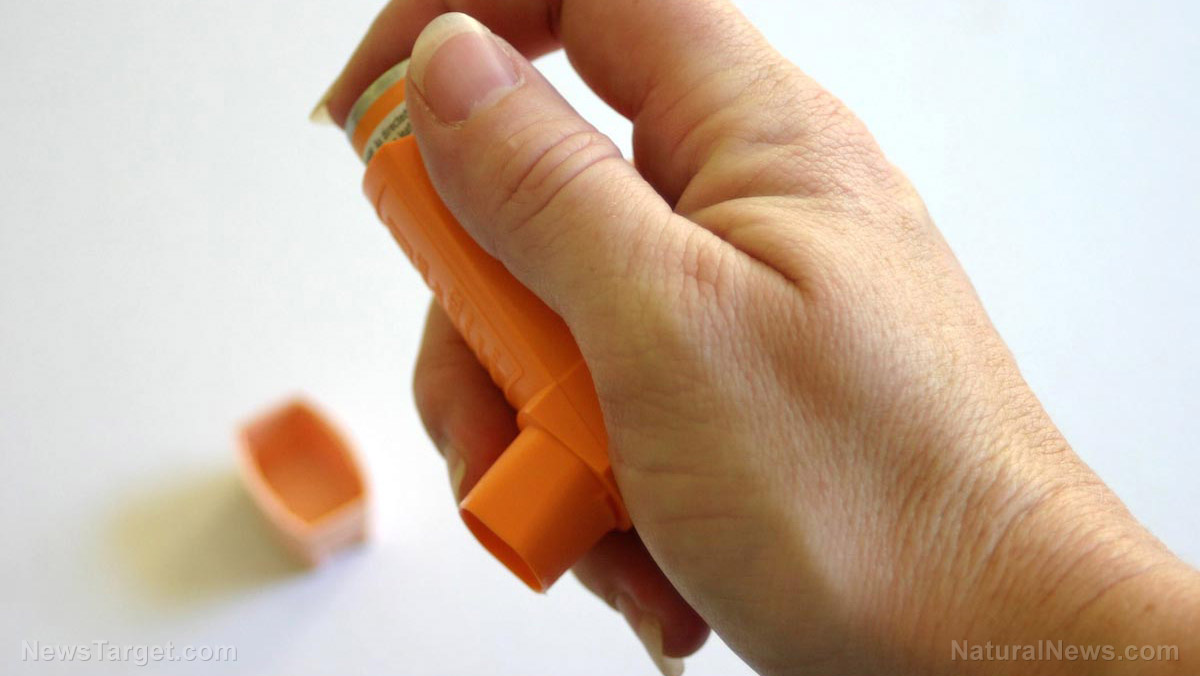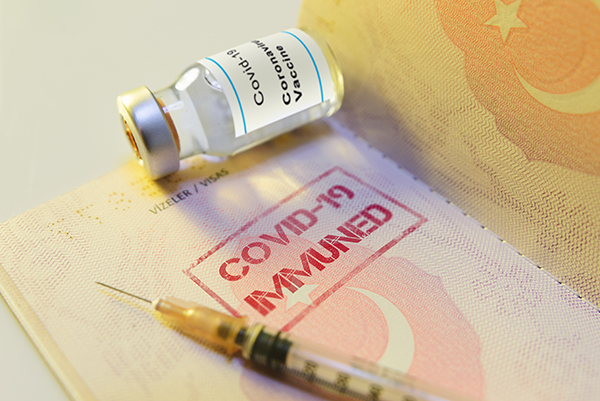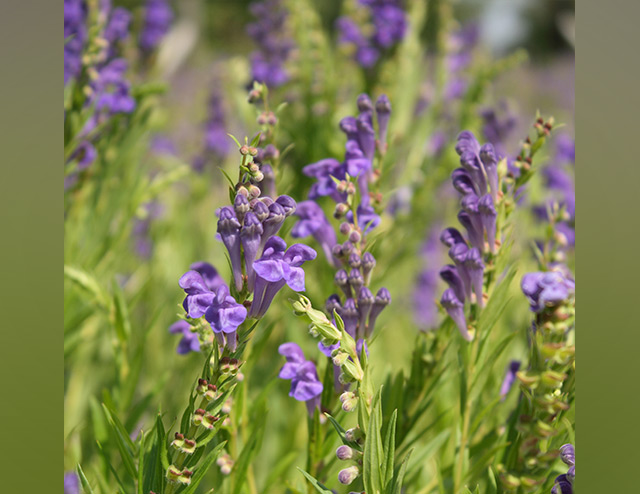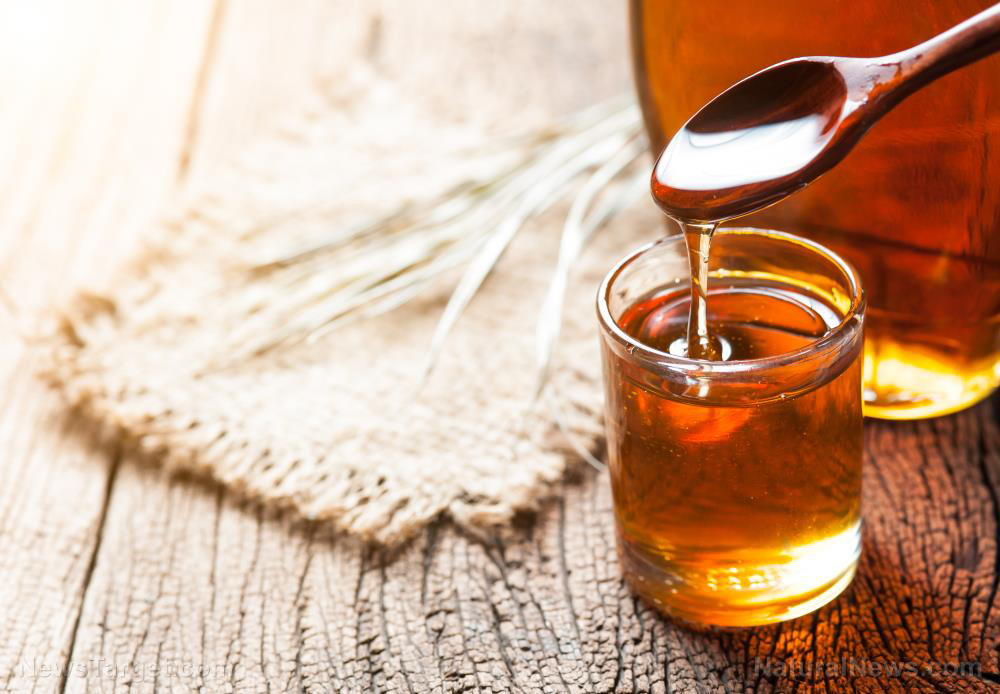Medicinal plants: The survival uses of gumweed
09/03/2021 / By Zoey Sky

Medicinal plants deserve a place in your home garden, especially if you prefer using home remedies to treat common complaints like a cold or cough.
If you don’t have enough space for a home garden, you can also learn how to identify and forage for medicinal plants like gumweed, a herb often used to treat colds and poison ivy. (h/t to PrepSchoolDaily.Blogspot.com)
What is gumweed?
Gumweed (Grindelia spp.) often grows in dry, salty, sandy disturbed soils next to roads and railroads, abandoned croplands, prairies and waste places.
When foraging gumweed for medicinal use, avoid roads and railroads because the plant may be exposed to pollution.
If you’re digging up some gumweed to transplant in your home garden, plant it in a sunny area.
Gumweed can be harvested from the time it starts flowering around July through September. The freshly opened flowers and buds that are about to open are the most beneficial when used for medicinal purposes.
Medicinal uses of gumweed
In traditional medicine, gumweed is used to treat conditions like asthma, bronchitis, rashes (especially poison oak and poison ivy), urinary tract infections (UTIs) and whooping cough.
Physicians used gumweed to treat the same conditions until about the 1960s when Big Pharma started producing drugs for these complaints.
Gumweed works by relaxing airways and opening them up to make breathing easier. The plant also has mild sedative effects that helps reduce muscle spasms and coughing. All these actions make gumweed one of the best natural remedies for treating asthma. (Related: A beginner’s guide to starting a medicinal garden.)
However, gumweed has a high oil content and it only has a short shelf life of about a year or so. You can use gumweed’s expectorant properties to break up mucus and treat someone with a cold or the flu.
Additionally, gumweed is cleared through the kidneys and its antibacterial properties make it a good choice for treating UTIs, such as cystitis.
Gumweed is also sometimes used to treat some kinds of headaches.
Drying gumweed
The gum resin of gumweed is very sticky while the flowers and buds are almost impossible to dry completely. Once dried, gumweed buds and flowers should last for one year on the shelf.
Gumweed honey cough syrup
You will need a jar with eight to 10 ounces of honey and about one cup of gumweed flowers.
Pick flowers that are just beginning to open or buds with lots of sticky resin on them because the resin has medicinal properties.
Once the flowers and buds are in the jar with honey, store the jar in a dim place where the temperature doesn’t change too much. This will help prevent fermentation. Open the jar occasionally to allow any gases to escape as needed.
Turn the jar several times a day so the flowers are always covered with honey. After three weeks, strain the flowers out.
Store the remaining honey in a jar and keep it in your pantry.
Gumweed honey cough syrup has a piney aftertaste because of the flowers, but taking the syrup will help open up your airways if you have a cough.
Gumweed tincture
Use fresh gumweed flowers and buds that are about to open to make a tincture in a 1:2 ratio. If using freshly dried herbs, use a 1:5 ratio, with both in 70 percent alcohol.
The recommended tincture dosage is 15 to 40 drops, taken up to five times per day.
Use gumweed tincture to treat the following conditions:
- Asthma
- Bronchitis
- Colds
- Coughs
- Emphysema
- Headaches
- Influenza
- Urinary tract infections
- Whooping cough
Gumweed infusion
Steep one tablespoon of gumweed buds and flowers in one cup of boiling water for 10 minutes. The infusion can help address the same conditions that you would use the gumweed tincture for.
Use gumweed infusion externally as a wash for:
- Eczema
- Insect bites and stings
- Poison ivy, poison oak and poison sumac
Gumweed poultice
Apply bruised gumweed leaves or crushed flowers and buds directly to wounds to promote faster healing.
A gumweed poultice can also be used to prevent a rash due to poison ivy, oak, or sumac, from developing.
Gumweed salve
Combine coconut oil and beeswax then add some gumweed tincture. Use the salve to relieve pain caused by poison ivy and poison oak.
Considerations before using gumweed
Gumweed should be safe for general use, but avoid consuming it if you have kidney or heart conditions since the plant is known to slow the heart rate.
If you are pregnant or currently nursing, do not use gumweed. The plant hasn’t been thoroughly studied for its effects on pregnant or nursing women.
When SHTF, forage for gumweed flowers and buds to make tinctures or salves that can be used to treat coughs, a cold, or poison ivy rash.
Visit PlantMedicine.news to read more articles about other medicinal plants that you can use to treat different conditions in a survival scenario.
Sources include:
Tagged Under: alternative medicine, emergency medicine, foraging, green living, grindelia, gumweed, herbal medicine, Herbs, home remedies, medicinal plants, natural cures, natural medicine, prepper, prepping, prevention, remedies, SHTF, survival, survival medicine
RECENT NEWS & ARTICLES
COPYRIGHT © 2017 REMEDIES NEWS





















